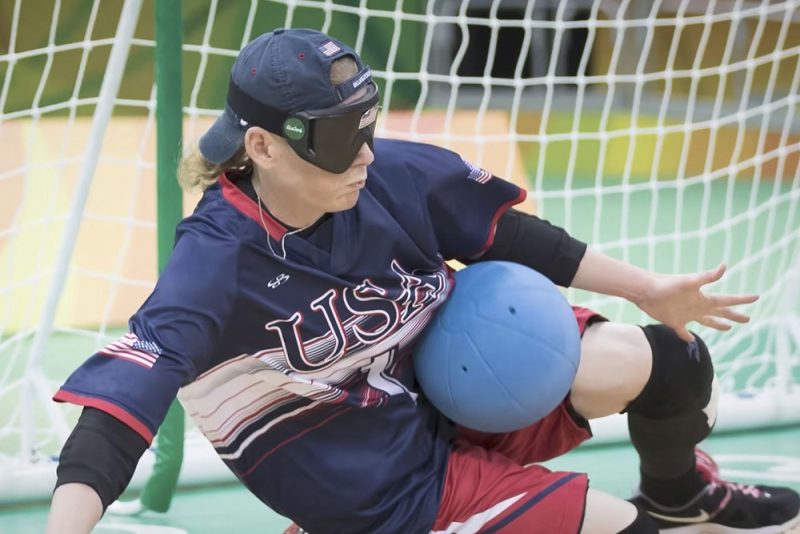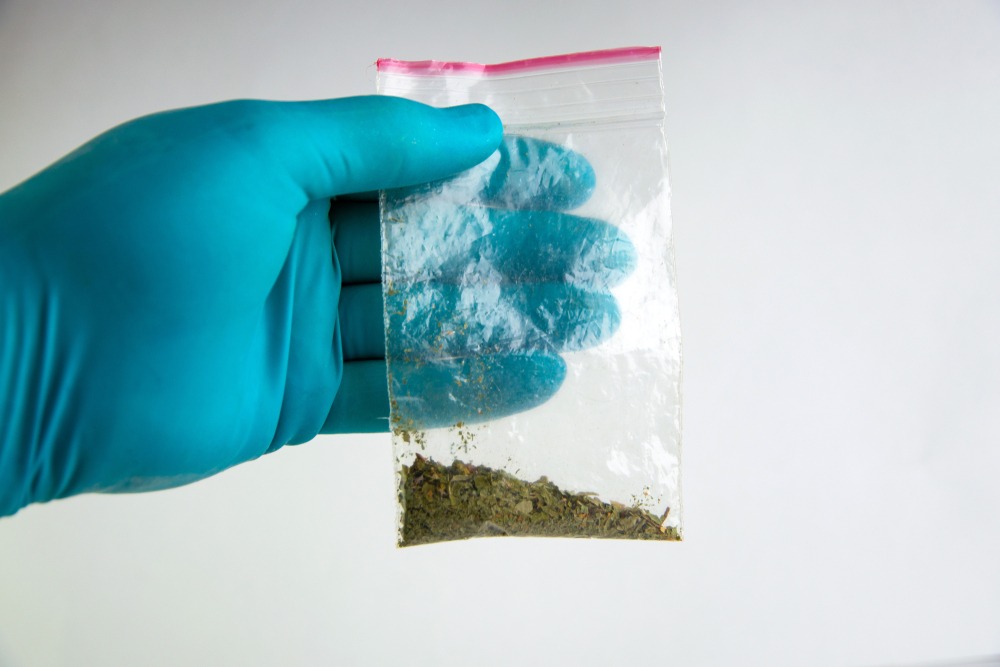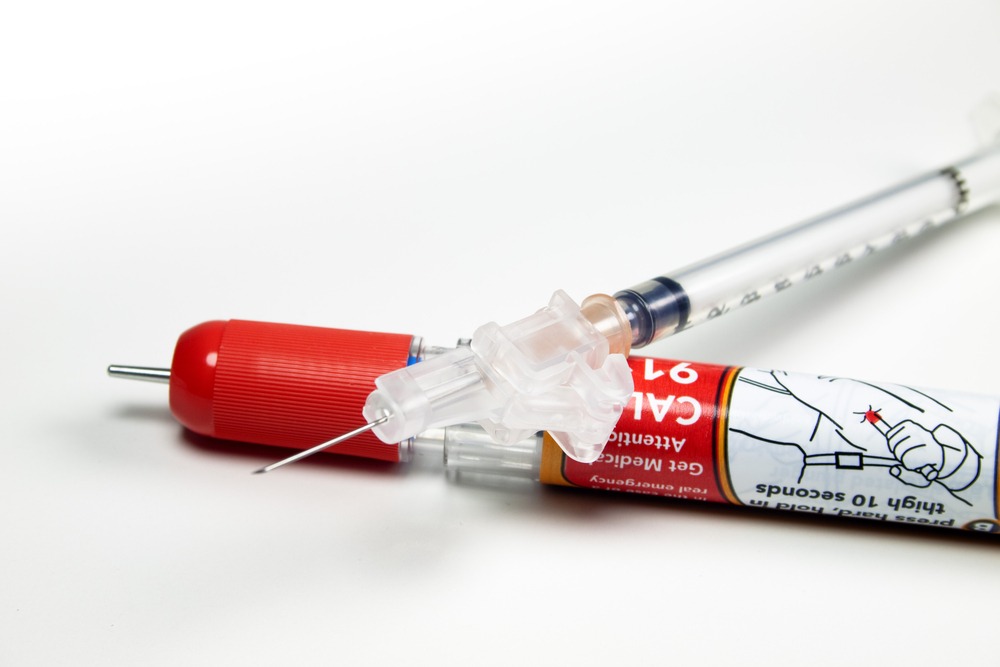
Meet Jen Armbruster: Paralympic Medalist and Anti-Doping Education Athlete Presenter
Paralympian Jen Armbruster joins USADA to help educate the current generation of athletes about why it matters to compete the right way.
U.S. Anti-Doping Agency (USADA)
Click here to log in to the
Athlete Connect application
Click here to view your
test history and results

Paralympian Jen Armbruster joins USADA to help educate the current generation of athletes about why it matters to compete the right way.

Learn more about regulatory warnings on the dietary supplements featured on the Supplement Connect High Risk List.

What athletes and athlete support personnel need to know about aromatase inhibitors and their stats on the World Anti-Doping Agency Prohibited List.

While cannabinoids have become more popular, it’s important for athletes to know that these substances are still prohibited in competition.

Desmond Jackson took a pill from his coach, no questions asked. What happened that day would change the course of his athletic career and life.

Learn how Olympian Jordan Wilimovsky fuels through a food-first approach to compete well as an athlete subject to anti-doping rules.

Olympian Derrick Adkins joins USADA to help educate the current generation of athletes about why it matters to compete the right way.

While epinephrine is prohibited in-competition, it’s important for athletes subject to anti-doping rules to first prioritize life-saving treatment.

Learn how USA National Team Member Abby Raymond fuels through a food-first approach to compete well as an athlete subject to anti-doping rules.
This is an necessary category.